Three months after its announcement, the Galaxy S25 Edge is reportedly ready to make its grand debut. Samsung is reportedly set to officially unveil its ultra-thin smartphone in a few weeks, and a lot of information is starting to leak. It's time to take stock of this highly anticipated smartphone, likely a rival to Apple's upcoming iPhone 17 Air.
Design and screen: the grand debut of the race for thinness
The main attraction of the Galaxy S25 Edge comes from its ultra-thin design, which we already saw at the end of January and at MWC 2025 in Barcelona. Despite the lack of official information, it's easy to see that the smartphone is very thin, with rumors suggesting it's only 5.84 mm thick. In addition to being one of the thinnest smartphones on the market, the S25 Edge will also be one of the lightest. It would weigh just 162 grams, like the basic Galaxy S25, while offering a larger screen.
Indeed, Samsung does not want to compromise and would integrate a 6.7-inch screen with ultra-thin 1.32 mm borders. This concentration of technologies would obviously be entitled to an AMOLED panel, with an adaptive refresh rate of 1 to 120 Hz. The maximum brightness would reach 2600 nits, like the other models in the range.
The manufacturer wants to put pressure on its arch-rival, Apple, which is said to be offering an iPhone 17 Air at the start of the school year. In the meantime, the company wants to reassure people about the robustness of its S25 Edge by stating that it will be durable. Rumors mention the presence of an Armor Aluminum frame and Gorilla Glass Victus 2, not to mention a probable IP68 certification.
Performance: power wouldn't scare it
Very thin smartphones can have difficulty dissipating heat, which pushes some brands to offer less efficient and less energy-consuming chips. Samsung is not talking about offering a Galaxy A that could afford to be less powerful, but a Galaxy S that claims a high-end approach. The Galaxy S25 Edge would follow in the footsteps of its siblings by integrating the powerful Snapdragon 8 Elite, but doubts remain about the version chosen by Samsung.
A Snapdragon 8 Elite? Yes, but which one?
Indeed, most high-end Android smartphones at the moment have an 8-core Snapdragon 8 Elite. This is the case for the three Galaxy S25s currently available, and Samsung even has a slightly overclocked Qualcomm chip. A Galaxy S25+ has two Oryon V2 Phoenix L cores at 4.47 GHz and six Oryon V2 Phoenix M cores at 3.53 GHz, as well as an Adreno 830 GPU. Since the beginning of the year, Qualcomm has also offered a Snapdragon 8 Elite with two Oryon V2 Phoenix L cores at 4.32 GHz and five Oryon V2 Phoenix M cores at 3.53 GHz. A slight drop in frequency and one less core, which translates to slightly less impressive performance. It's likely that the difference will only really be visible in benchmarks for the average person.
This 7-core version is particularly popular with the Find N5, the thinnest folding smartphone on the market. We can therefore expect Samsung to avoid the 8-core version for a version that's a little easier to master in such a thin screen. The Galaxy S25 Edge is also said to have a redesigned cooling system with a thinner vapor chamber than that of the S25. Otherwise, we expect cutting-edge specifications with 12 GB of RAM and UFS 4.0 storage, not to mention support for 5G, Wi-Fi 7 and Bluetooth 5.4.
The whole thing will run on Android 15 with the One UI 7 overlay, which will allow the Galaxy S25 Edge to access the latest Galaxy AI features.
Battery life: the big concern
The latest information available from the UL Demko and BIS databases, certification and regulatory bodies, mentions the presence of a 3786 mAh battery. This capacity corresponds to the 3900 mAh already mentioned by certain rumors and which we should find in the official technical sheet. Indeed, there is a slight difference between the standard capacity and the minimum capacity of the battery.
The future Galaxy S25 Edge would make do with a smaller battery than that of the base S25 while it has a screen comparable to that of the S25+. Thanks to this certification, we also learned that the manufacturer would not opt for carbon-silicon and would remain faithful to lithium-ion technology. This information is not exactly reassuring (see below), especially since many relatively "thin" smartphones are capable of offering batteries of 5000 mAh and even more than 6000 mAh. As always, however, capacity is not the only element to take into account when hoping for good autonomy.
Here again, the decision to opt for a very powerful and fairly power-hungry chip (Snapdragon 8 Elite) is not entirely reassuring. Samsung will have to redouble its efforts to offer comfortable battery life.
Finally, Samsung would remain true to its beliefs by not offering very fast charging on its future model. The S25 Edge would be satisfied with a 25W charge, which can hardly be described as "fast" in 2025.
Photo: what you need, where you need it
With its "extreme" thinness for a 2025 smartphone, the Galaxy S25 Edge faces constraints on the choice of components. The trend is towards very imposing camera blocks on premium models, which tends to make smartphones heavier and thicker. Samsung wants the opposite while remaining high-end and would opt for a dual photo sensor on the back. Its existence was confirmed when the brand showed off its upcoming smartphone, with the block protruding from the body of the device while remaining faithful to the design of the Galaxy family.
Most rumors agree on the presence of a 200 MP main sensor, equipped with an optical image stabilization (OIS) system. This high definition should give it a certain versatility to try to make up for the lack of a telephoto lens. Indeed, the second sensor would be a 12 MP ultra-wide angle like on the Galaxy S25 and S25+. 8K at 30 frames per second would be available, as well as 4K up to 120 fps and 1080p up to 240 fps.
At the front, the South Korean manufacturer would offer a 10 MP camera for selfies and video calls up to 4K.
Price: thinness will come at a price
Lightweight, the Samsung Galaxy S25 Edge should greatly lighten our wallets upon its release. According to information from Ice Universe, its launch price would be "similar" to that of the Galaxy S25+, or around 1200 euros in France. The current mid-range model in the S25 range starts at €1,169 (256GB) and rises to €1,289 for the 512GB version.
Other rumors claim that Samsung has finalized the price of its ultra-thin model, with a price of 1,500,000 South Korean won for the base model (256GB). This translates to €950 in direct conversion. The 512GB variant would cost 1,630,000 won in Samsung's home country, or around €1,030. However, it is unlikely that Samsung will convert the price of its smartphone in this way.
To better understand the pricing positioning, it is interesting to compare these prices to those charged for the rest of the Galaxy S25 series in South Korea. The Galaxy S25 Ultra costs just under 1,700,000 KRW and starts at €1,469 in France. The Galaxy S25+ costs €1,353,000 and the Galaxy S25 starts at €1,115,000, while these devices start at €1,169 and €899 respectively in the United States. Based on this information, it's likely that Samsung will offer the Galaxy S25 Edge for around €1,200 or €1,300 in France. It would sit between the Galaxy S25+ and the Galaxy S25 Ultra.
My take on the likely configuration of the Samsung Galaxy S25 Edge
The Samsung Galaxy S25 Edge is one of the most anticipated smartphones of 2025, for many reasons. It should give a boost to a range that is sorely lacking in new features and help Samsung maintain its position in the market. The South Korean manufacturer did not innovate enough last year and preferred to focus on the introduction of AI functions in its smartphones.
The Galaxy S25 Edge can bring this breath of fresh air and truly launch the trend of ultra-thin smartphones. Despite Chinese concepts and manufacturers, Samsung and Apple remain the two brands capable of creating a new trend. Samsung wants to get ahead of its eternal rival in this race for thinness, but this desire to play this card quickly could backfire.
Samsung is looking to get ahead of Apple at all costs, which could prove risky
The South Korean manufacturer is expected to launch the S25 Edge around April 16th, and some choices are worrying, starting with the battery. Samsung is reportedly opting for a small battery (3786 mAh) for an Android device and will still use lithium-ion, as with the rest of its range. However, the trend is towards silicon-carbon, which allows for significantly increased battery capacity without increasing size and weight. Chinese brands (Honor, Xiaomi, Oppo, etc.) are rushing to adopt this new process, which makes it possible to offer 6600 mAh batteries without affecting the design of a smartphone.
Samsung is reportedly taking a different path and is not seeking to save energy by offering a Snapdragon 8 Elite chip. Its presence is reassuring in terms of performance, but Qualcomm's SoC can be power-hungry and comes with a power-hungry modem. This last detail is important as Apple has just unveiled its "in-house" C1 modem and introduced it in the iPhone 16. It is reportedly not as powerful as its Qualcomm equivalent, but is much more energy-efficient and we should find it in the iPhone 17 Air. With too little battery life, the impressive design of the Galaxy S25 Edge may not be enough to convince.

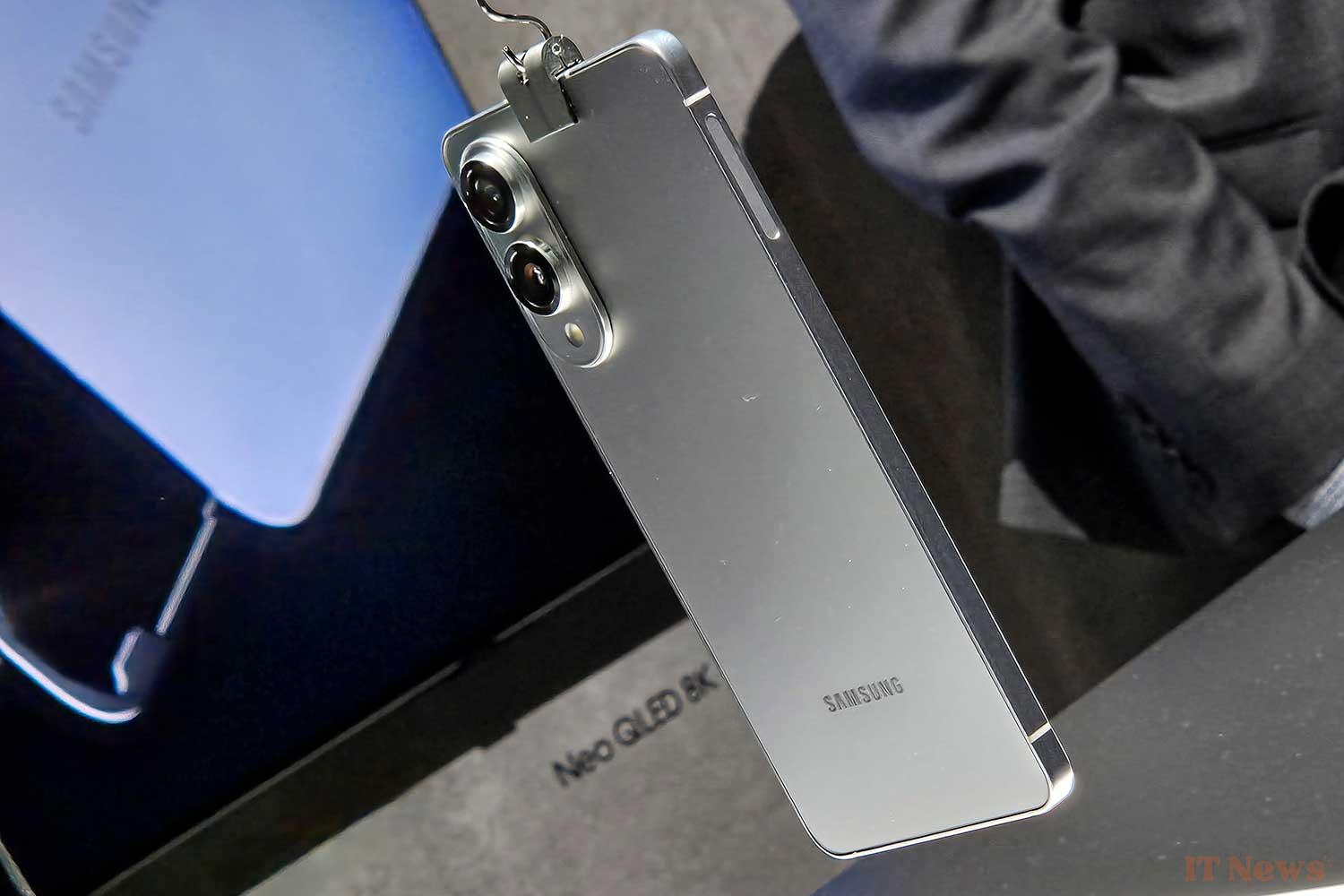
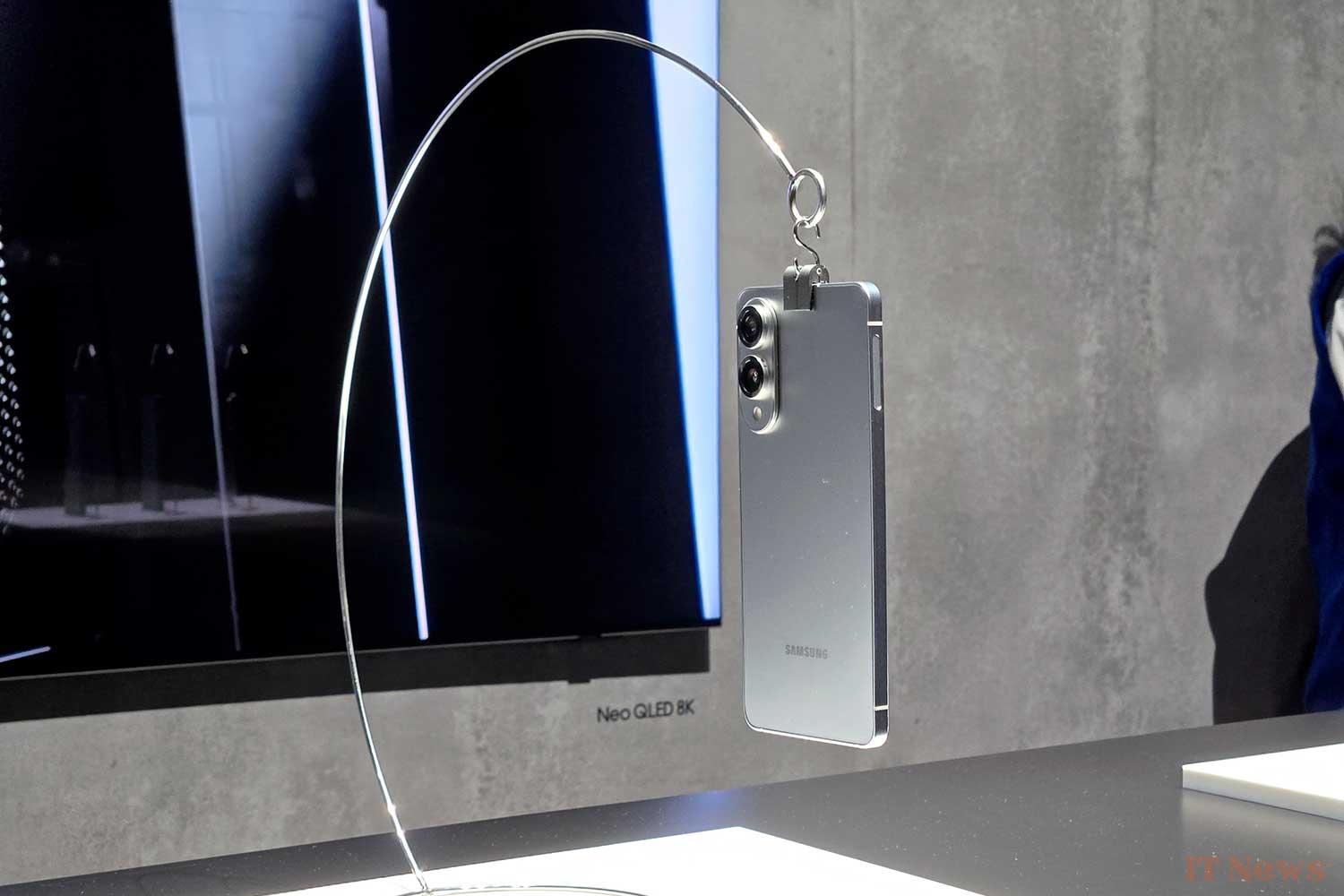
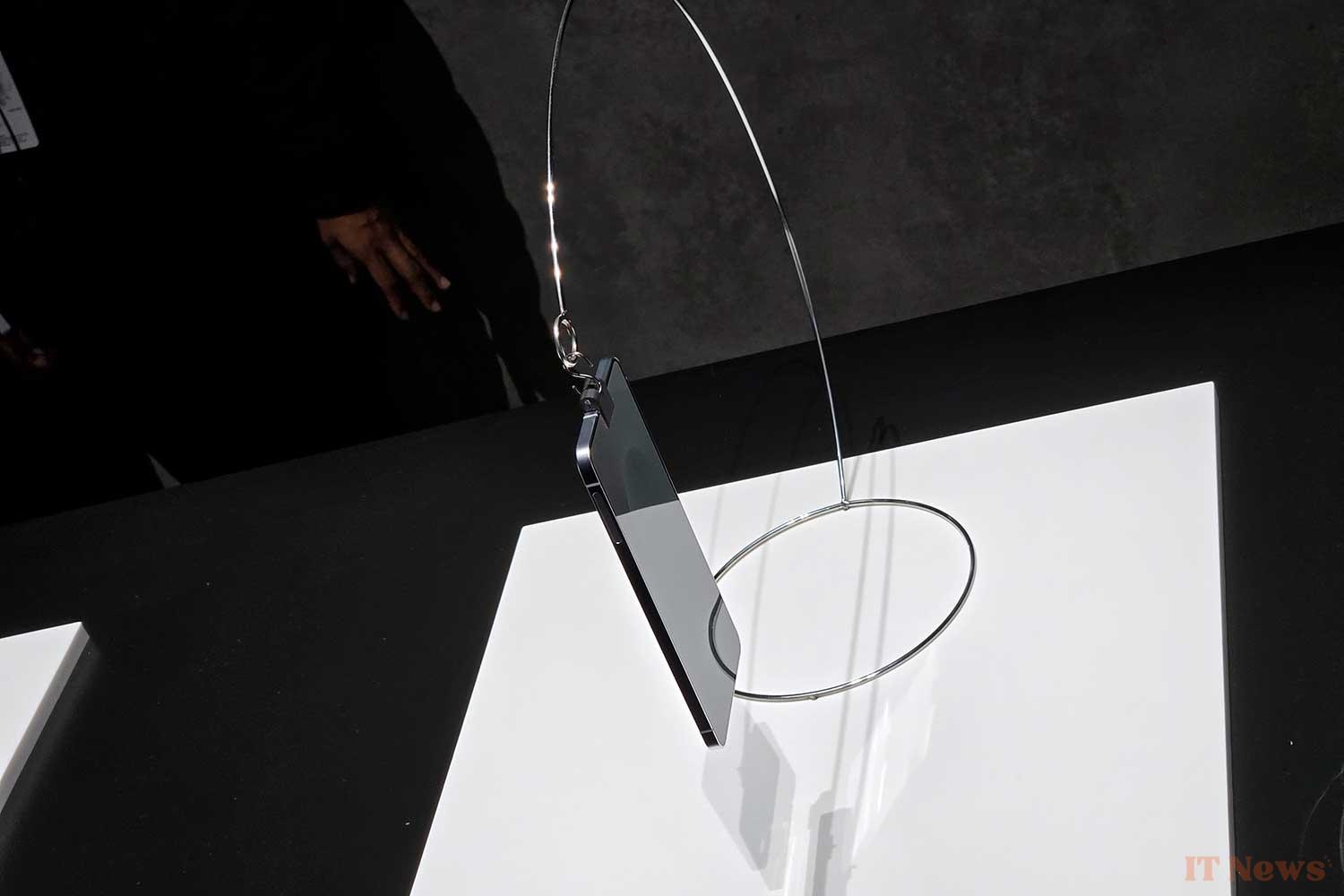
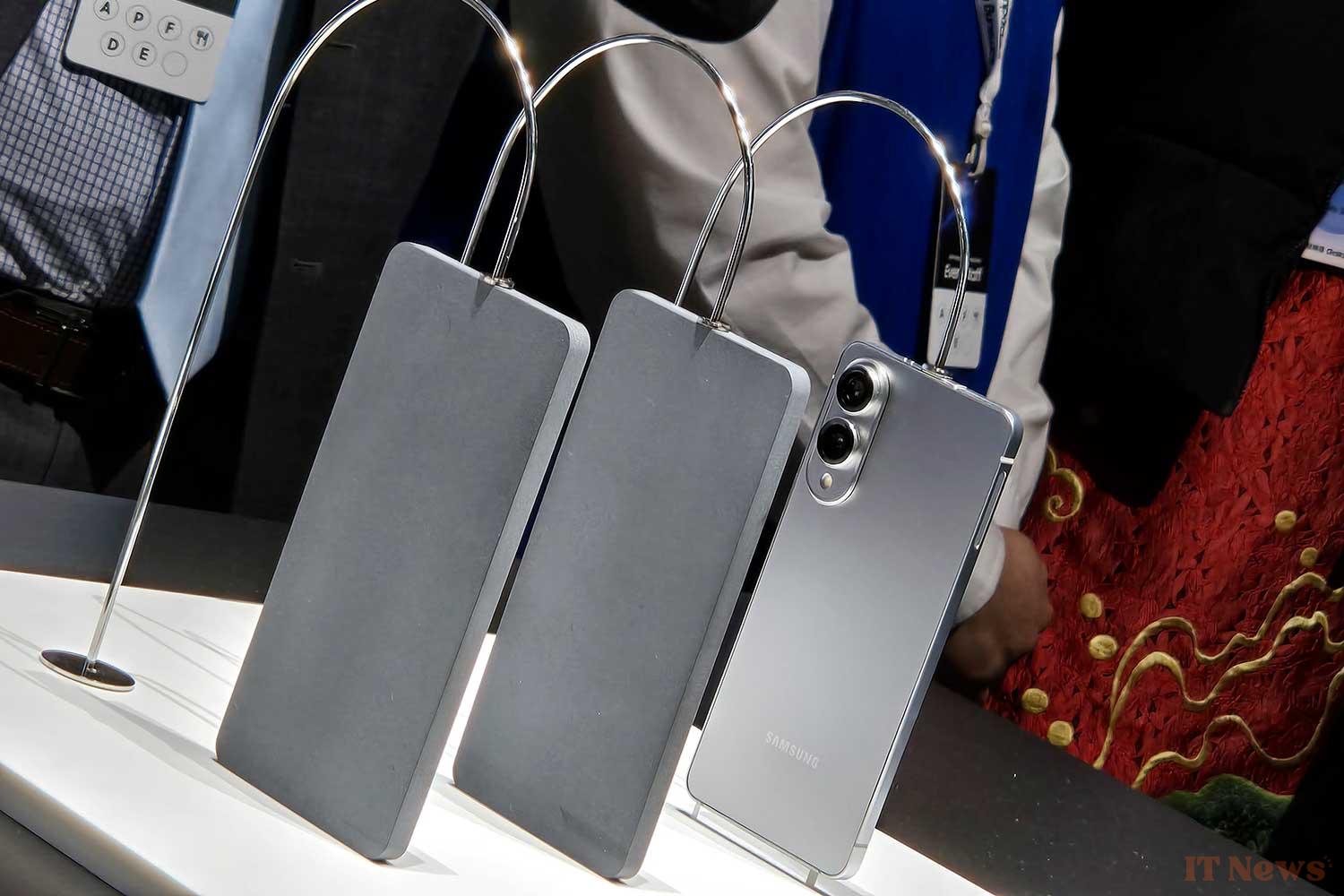
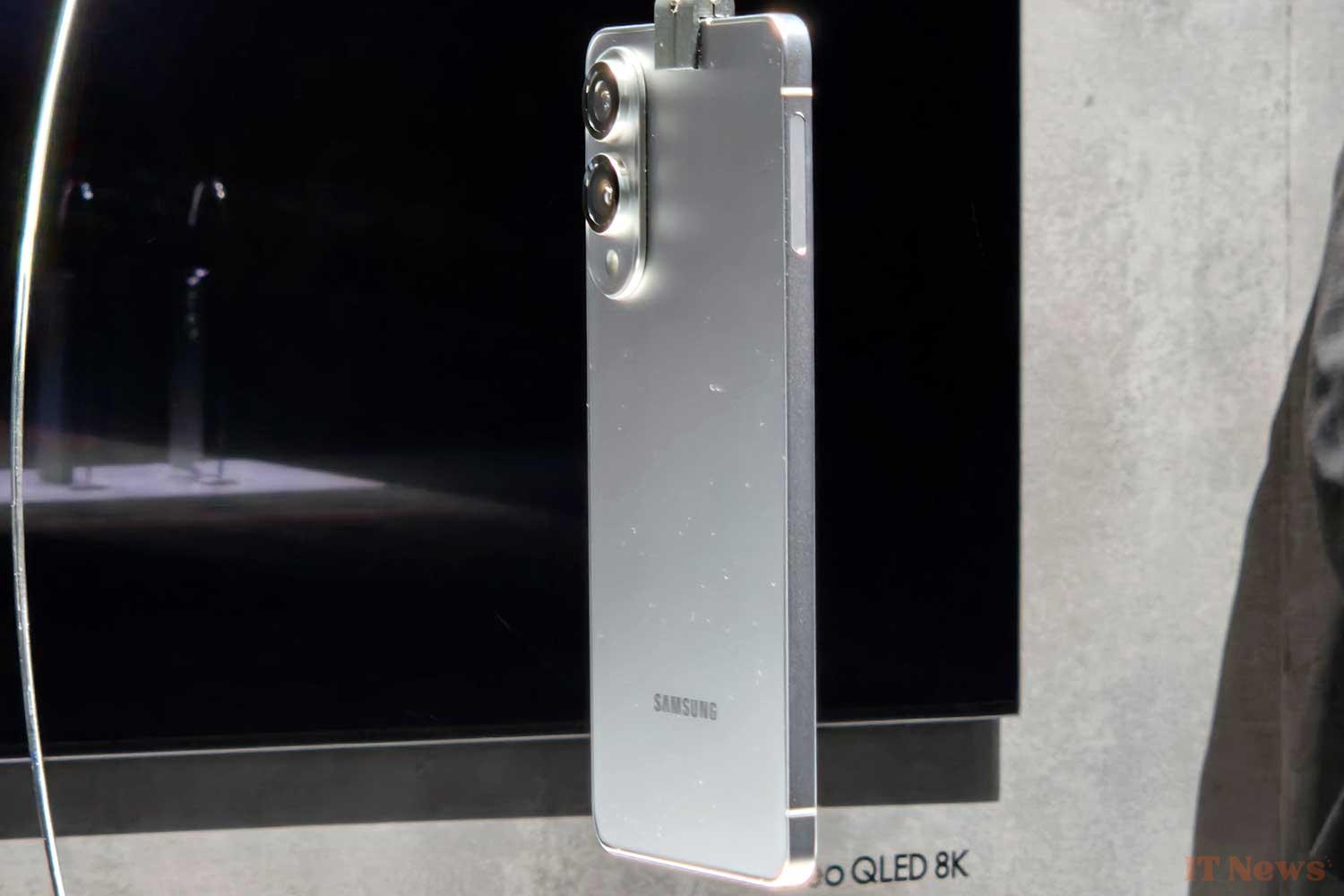

0 Comments